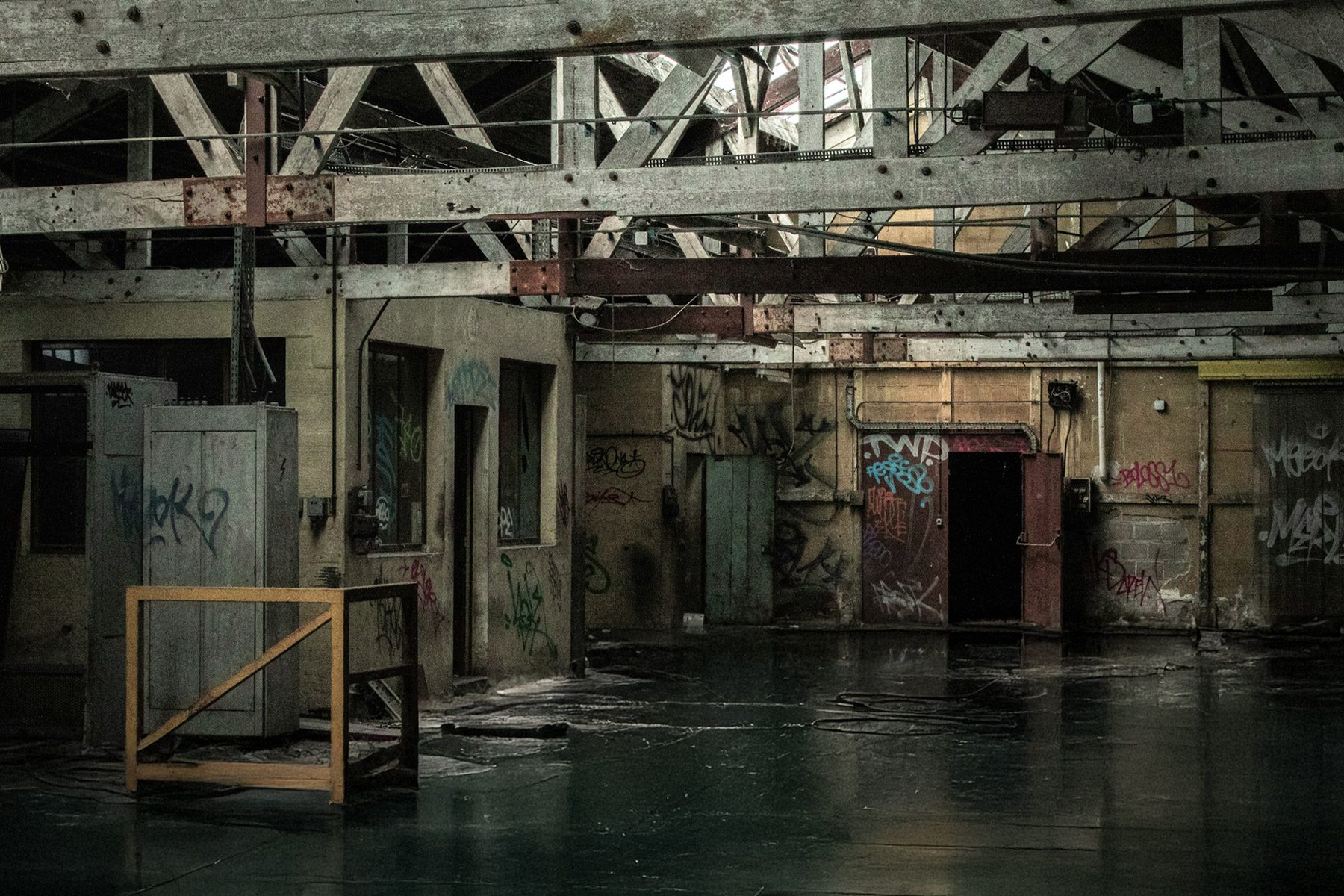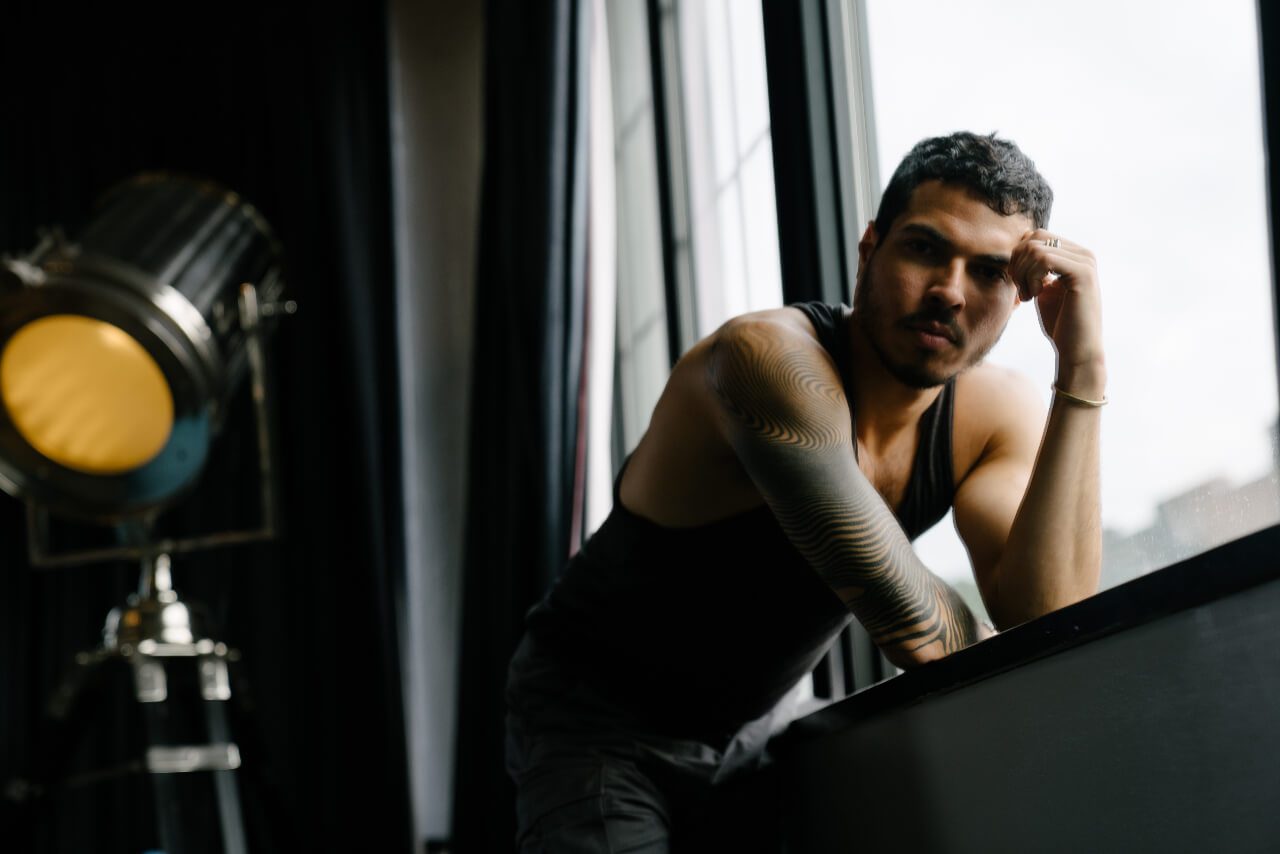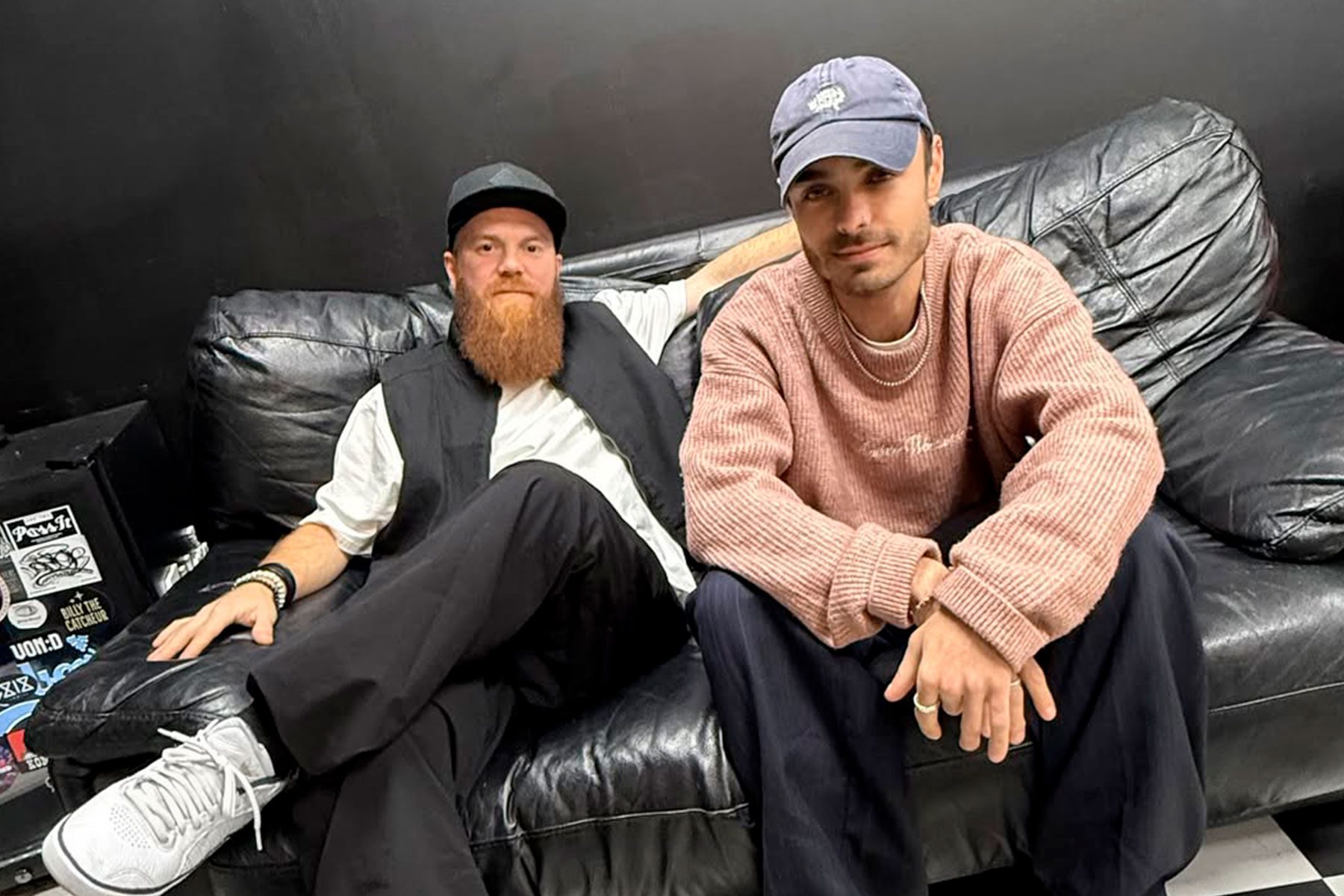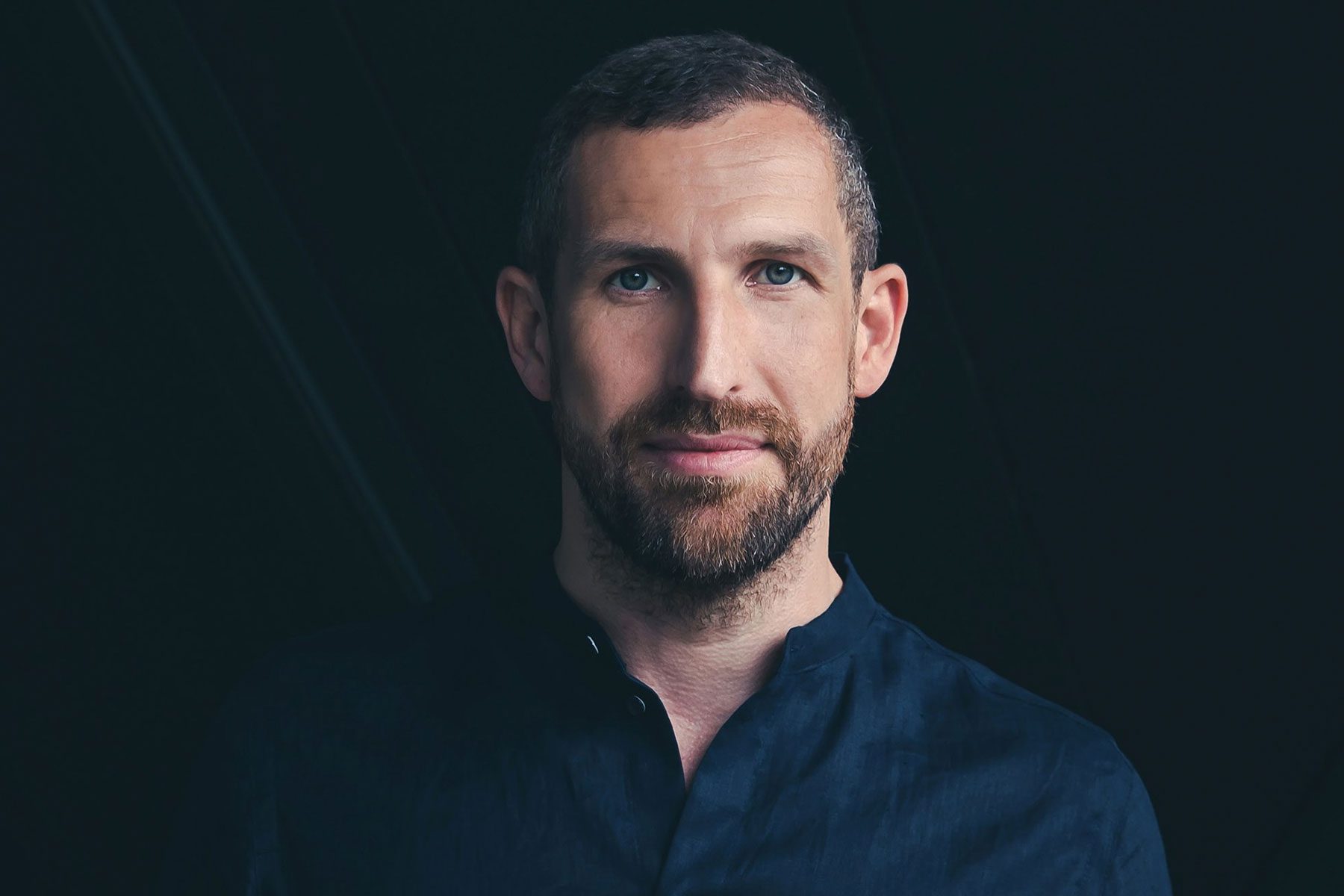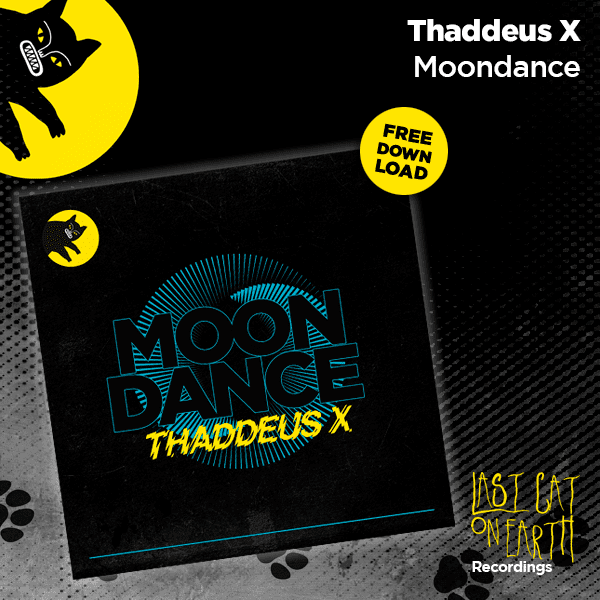Born in Italy, raised in London, and currently based in Milan, Cristina Lazic has risen rapidly through the musical ranks.
Photo credit: Cristina Lazic – Official
In the five years since arriving on the scene, Cristina has performed at iconic clubs and festivals like Hï Ibiza, Exit, Get Lost, Unum, and Koko. She has also released music on renowned labels including Crosstown Rebels, Moxy Muzik, Moan, Bondage Music, and TBX.
In 2024, Cristina launched La Zic, a music platform with a record label, mentoring program, events, and apparel. As a mother, she aims to support women, especially mothers, in the male-dominated music industry. She is also part of shesaid.so, leading the parenthood committee to protect artists with kids.
She recently shared her fifth release, ‘L’Amour’ EP, which includes two originals and remixes by Los Suruba and Nu Zau. To celebrate it, Cristina Lazic invited EG into the studio to share five tips for creating more with less and mastering the minimal. These insights reflect her thoughtful approach to music production and her commitment to helping new producers navigate their journeys.
1. Creating an atmosphere with a pad
You can create an interesting atmosphere, giving the track a melodic vibe, by using pad samples. I normally choose the pad sample from libraries and select its key so that it fits with the general key of the track (e.g., a pad in A Minor if the track is in A Minor). I choose pads with a long tail and then cut the very end of the pad (on one side or the other, as you can invert it). I then decrease the gain using the utility and make the sound repeat throughout the track, giving it a melodic, dreamy, and hypnotic touch.
2. Less is more
A lot of people ask me if you require a lot of plugins or synths to start with production. Well, in my opinion, the answer is no. Having too many plugins and too much equipment can only complicate things. To start off, I suggest you just use a keyboard, a sound card, and a few selected plugins (Diva, Sub Boom Bass, and LFO Tool are some of the ones I use). Experiment with what Ableton has to offer; there is already so much in there to let you create proper arrangements. The rest (additional equipment, and more plugins) can come later.
3. Using creatively guitar riff samples
Guitar riffs are my signature sound; in some of my tracks, you can hear them quite clearly, in some others they would be less prominent, but I can guarantee that guitar riffs are present in 80% of my music. I normally look for samples or draw the guitar on MIDI channels using the preset instruments by Ableton. I usually like to apply effects like auto filter, echo, and play with automations on the volume, reverb, and delay, and I tend to repeat very small extracts of larger samples so that they turn into a sort of atmospheric vibe that nicely complements the groove. Reworking guitar riffs creatively can give the track a nice melodic touch while feeling funky and happy.
4. Locators
I guess this is some kind of basics, but I am a big fan of having a clear structure and being precise, and in this respect, using locators can help. I normally place a locator at the beginning and at the end of the track and then try to define a structure that can make sense for what I am trying to achieve. In my genre (minimal deep tech), you normally have a short and then a longer break, so I assign locators for when the breaks start and when they end at the drop. I also assign locators when unexpected or key new elements come in. Having locators helps me speed up the arrangement phase of production massively, and that’s why it’s a valuable insight to give to other producers, especially if they are at the beginning of their production journeys.
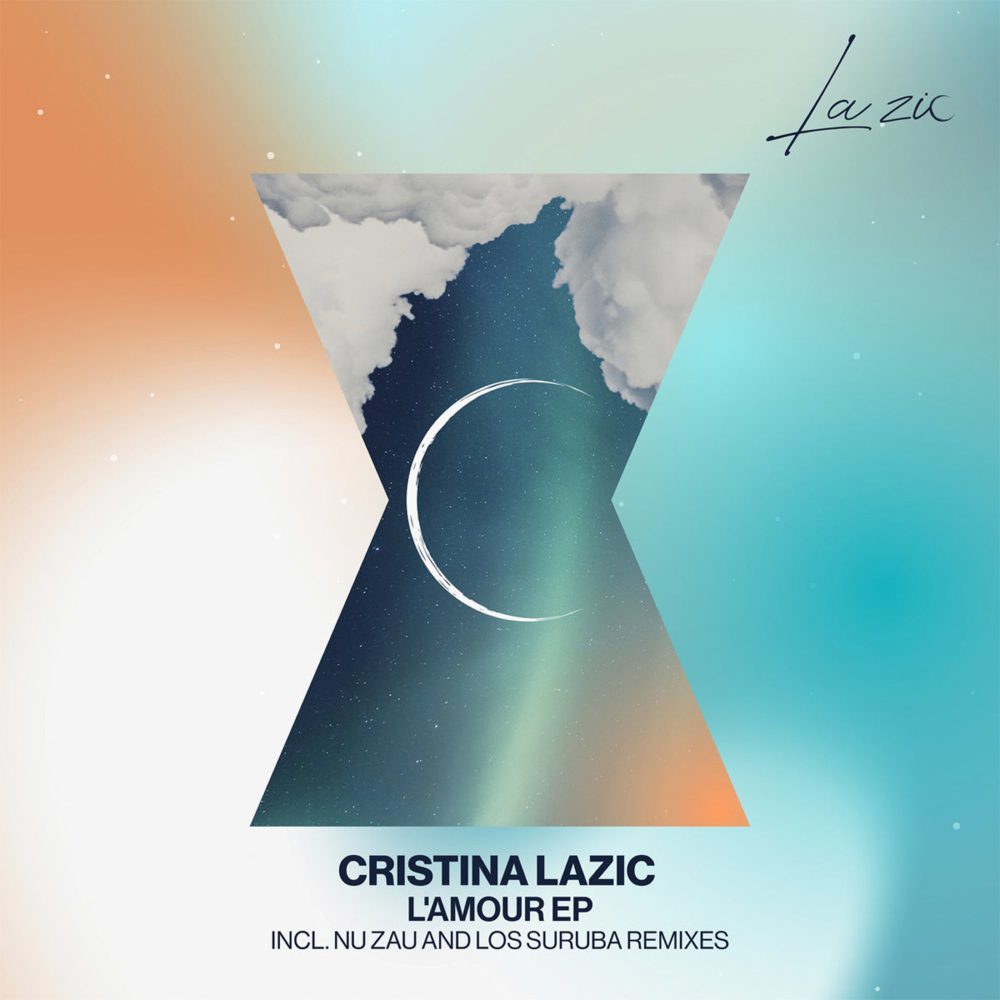
Cristina Lazic’s ‘L’Amour’ EP is out now via La Zic. Stream and download here.
Follow Cristina Lazic: Spotify | Soundcloud | Instagram | Youtube




